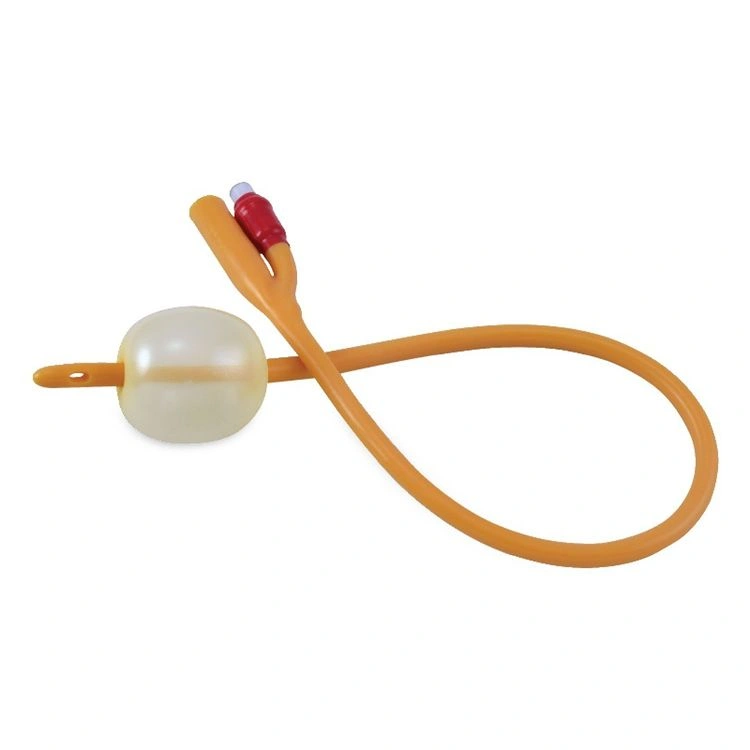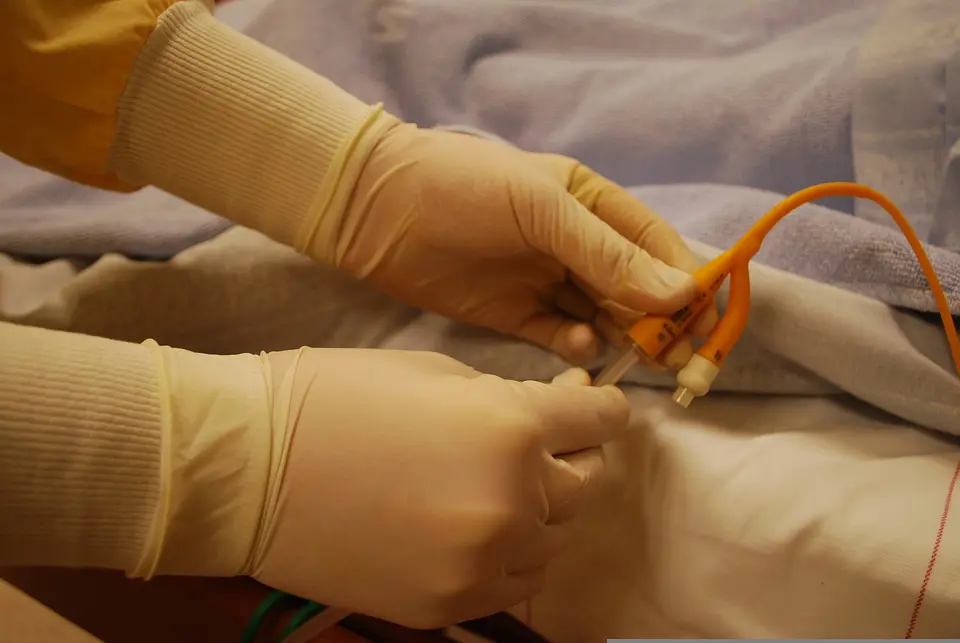Summary :
◉ What is a urinary catheter ?
A urinary catheter is a catheter (a hollow, flexible tube, often with an inflatable balloon tip) placed in the bladder, it collects urine directly from the bladder and directs it outside the body in a drainage bag.
Urinary catheters can be external, urethral (intermittent or indwelling) or suprapubic. These catheters are available in several sizes, materials (latex, silicone, Teflon) and types (straight or elbow tip).
These catheters are a great way to improve the lifestyle of someone with urinary incontinence, urinary retention or bladder control issues.

The word "catheter" comes from the Greek and means "to let or bring down"..
◉ Understanding the Different Types of Urinary Catheters
There are several sizes, types and materials of urinary catheters, which are inserted and used in different ways.
◉ Intermittent urinary catheters
These catheters are inserted several times a day, just long enough to drain your bladder, and then removed. They are sterile and usually pre-lubricated, to reduce the risk of discomfort during insertion.
The use of an intermittent bladder catheter is simple, effective and safe. It presents less risk of a distended bladder or infection and allows you to maintain a normal and active lifestyle.
- One end of the catheter is guided through your urethra until it enters your bladder and urine begins to flow.
- The other end is either left open, to allow drainage into the toilet, or tied to a bag to collect urine.
- When the flow of urine stops, the catheter can be removed. A new catheter is used each time.
◉ Indwelling urinary catheters (Foley catheter)
An indwelling urinary catheter is inserted the same way as an intermittent catheter, but the catheter is left in place. It is held in the bladder by a balloon filled with water (5 cc or 30 cc), which prevents it from falling. When the catheter needs to be removed, the balloon is deflated.
Urine is drained through a tube connected to a collection bag, which can be tied inside your leg or attached to a floor stand. The bag has a valve that can be opened to allow urine to flow.
Foley catheters are available in several types: angled catheters, three-way catheters. etc.

the Foley catheter is designed by an American urologist: Dr Frederic Eugene Basil Foley
◉ Condom Catheters
External catheters are placed outside the body. There is no tube placed inside the urethra.
They are simple to use, much less invasive and are generally indicated for people suffering from incontinence.
There are two main types of external catheters:
- Condom catheters: A condom-like device is placed over the penis and connected to a drainage bag.
- Female urethral inserts
◉ Suprapubic catheters
A suprapubic catheter is the most invasive type of catheter used when the urethra is damaged or blocked. It is inserted through the abdominal wall and then directly into your bladder. This procedure can be performed under general, epidural or local anesthesia.
◉ Sizes & Lengths
Catheter size refers to the thickness or diameter of the catheter and is measured in Charrière (Ch) or French Gauge (FG). French sizes only apply to intermittent and indwelling (Foley) catheters.
The relative size of a probe is described in French units (Fr). In general, urinary catheters range in size from 8Fr to 36Fr in diameter. 1 Fr equals 0.33 mm = 0.013 inch = 1/77 inch in diameter.
- The larger sizes (eg, 20-24 Fr) are most commonly used when the urine is thick, bloody, contains large amounts of sediment, or for drainage of blood clots.
- 14 to 16 Fr are most commonly used in adult men.
- 12 to 14 Fr are most commonly used in adult women.
- 6 to 10 Fr are pediatric catheter sizes.
| Color | French units | mm | |
|---|---|---|---|
| Yellowish-green | 6 | 2.0 | |
| Blueberry | 8 | 2.7 | |
| Black | 10 | 3.3 | |
| White | 12 | 4.0 | |
| Green | 14 | 4.7 | |
| Orange | 16 | 5.3 | |
| Red | 18 | 6.0 | |
| Yellow | 20 | 6.7 | |
| Purple | 22 | 7.3 | |
| Blue | 24 | 8.0 | |
| Black | 26 | 8.7 | |
The doctor selects a size large enough to allow free flow of urine and large enough to control leakage of urine around the catheter.
Intermittent catheters are typically made in three lengths:
- The standard male catheter length is 16 inches (~40-45cm).
- Women have a much shorter urethra. Female catheters vary in length from 6 to 12 inches (20 to 26 cm).
- Pediatric lengths are 6 to 10 inches.
◉ Indications for urinary catheterization
Urinary catheters are used to drain the bladder. Your doctor may recommend that you use a urinary catheter for :
◉ Therapeutic
- Urinary incontinence (leakage of urine or inability to control when you urinate).
- Urinary retention (inability to empty your bladder when you need to).
- To empty your bladder before, during and/or after certain types of surgery, such as operations on the uterus, ovaries or intestines.
- In unconscious patients (due to anesthesia, coma or other reasons) or in case of prolonged immobilization.
- Neurogenic bladder dysfunction, nerve damage that affects your ability to urinate.
- To empty your bladder during childbirth, if you have an epidural anaesthetic.
- Administering radiopaque contrast agents or drugs directly into the bladder
- To improve the comfort of end-of-life care if needed.
- For any other problem in which the bladder must be kept empty (decompressed) and urinary flow ensured
◉ Diagnostics
- Collection of samples for urine analysis.
- Measuring urodynamics: measuring urinary volumes, pressures and flow rates.
- Cystography: X-ray examination of the bladder and urethra.
◉ Contraindications
Contraindications relating to urethral catheterization are as follows: :
- Current urinary tract infection (Cystitis, Kidney infection ..)
- Urethral strictures or history of urethral strictures.
- Urethral trauma or suspected urethral injury
- Anterior urethral reconstruction
- Recent urological surgery
- Macroscopic haematuria
- Pain and unpleasant feeling
- Urethral pain or discomfort
- History of difficult catheter placement
- Patient refusal
Les contre-indications relatives au cathétérisme sus-pubien sont les suivantes :
- Inability to define the location of the bladder clinically or by ultrasound
- An empty bladder
- Suspected pelvic or lower abdominal adhesions (eg, after pelvic or lower abdominal surgery or radiation therapy)